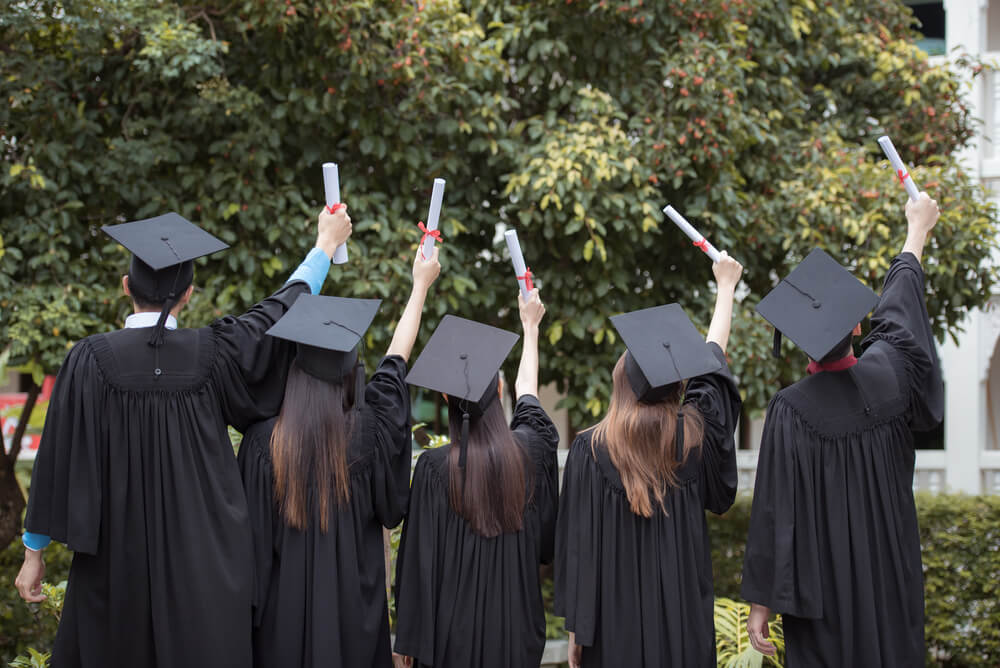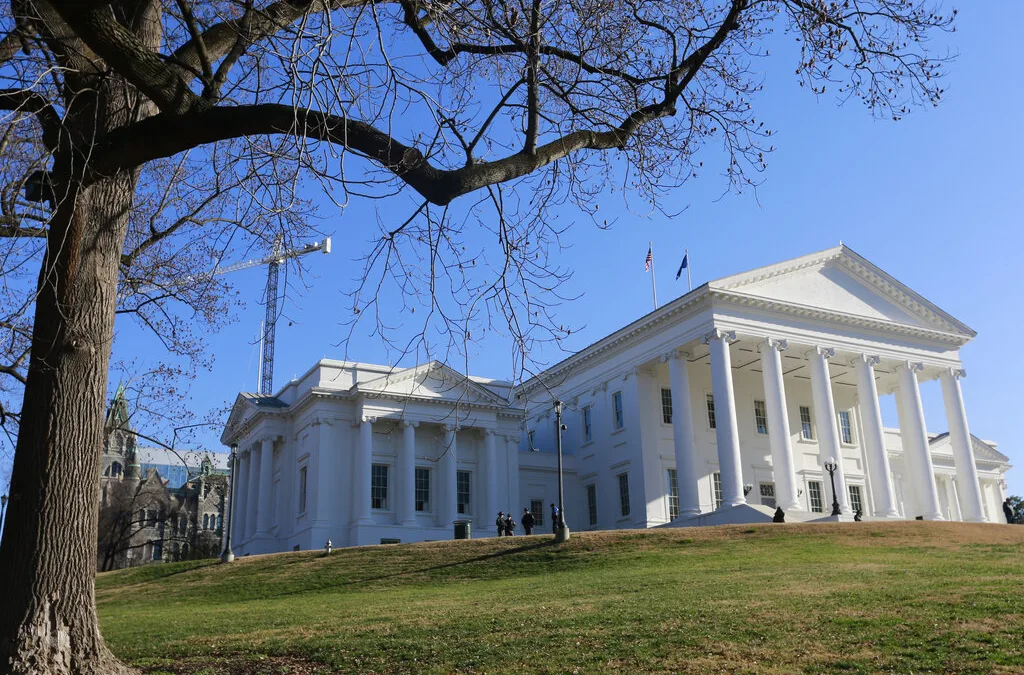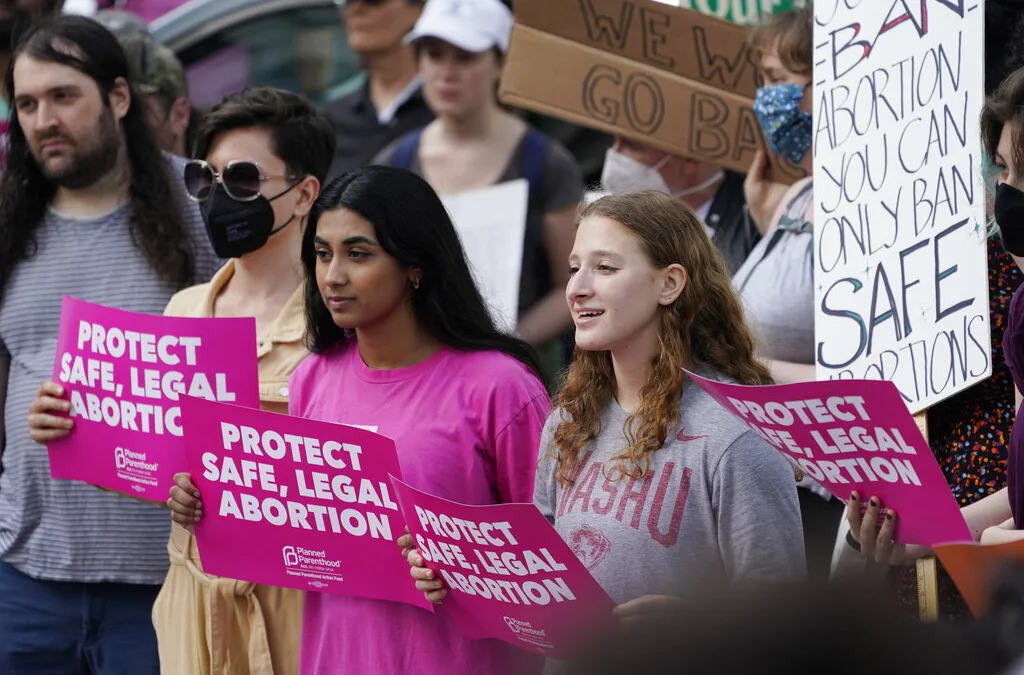
The American Rescue Plan includes funding to help colleges and universities stay afloat.
DANVILLE-It isn’t easy to pay for college. Some students spend years dealing with the debt. Others can’t go at all because of the price. A study this year by the group OneClass found 56% of college-age students say they can’t afford the tuition cost.
“Students struggle to make ends meet and afford the cost of their education,” said Cassie Williams Jones, director of communications for Averett University in Danville.
But what if there was a way to at least temporarily solve that problem? Averett and other Virginia colleges are looking to do that, with help from the American Rescue Plan.
President Joe Biden’s ARP included nearly $40 billion for public and private universities across the country. The money was to help students and schools that were struggling thanks to COVID-19.
American Rescue Plan Money Goes to Virginia
Forty-five Virginia colleges and universities got funding from the ARP and each used it in different ways.
Averett University, for example, received $3,288,501. Jones said $1.7 million out of that went directly to students, while $1.586 went to help the university. Averett prioritized students with an exceptional need. That means anyone who received a Pell Grant or just undergraduates with financial problems.
Beyond Pell eligibility, other types of exceptional need include students eligible for other federal or state need-based aid or those that faced significant unexpected expenses, such as the loss of employment, reduced income or food or housing insecurity. Students exclusively enrolled in distance education may also benefit from the emergency financial aid grants.
“Many [students] suffer from low income, the need for early financial literacy and [need help] managing student loan debt,” Jones said.
They’re not alone. Temple University’s Hope Center did a survey last year that found 46% of college students don’t have secure housing and 39% don’t know where their next meal will come from.
This ARP funding can help with that. Students can use the grant money for any part of their cost of attendance. They can also use it on emergency costs that arise due to COVID-19. That includes tuition, food, housing, health care—including mental health care—or child care. Students determine how they use their emergency financial aid grant within the allowable uses.
“A VCU survey substantiates that similar trends exist among our students,” said Tomikia LeGrande and Norm Bedford. LeGrande serves as vice president for strategy, enrollment management and student success at Virginia Commonwealth University. Norm Bedford, meanwhile, serves VCU as the associate vice president for student financial services. Both agreed the ARP funding helped their school. It also clearly defined some needs.
By the Numbers
Based on VCU surveys and the student applications for emergency relief, LeGrande and Bedford found that students needed help paying for several things.
That included rent or housing (38.9%), tuition and fees (36.2%), groceries, or just meals in general (5.7%). Students also couldn’t afford equipment like a desktop or laptop computer (9.3%), or things like textbooks, calculators, or other supplies (3.8%). A total of 3.8% couldn’t pay for utilities, while 1.3% needed help with transportation.
The ARP funds helped solve at least some of those problems.
“The emergency funds provide a lifeline to students needing additional financial assistance,” LeGrande and Bedford said.
VCU received $57 million to help with this and other COVID-19 related issues. The school set aside $28.5 million to go directly to the students, while $28.49 went to the university.
Other universities are still working through how to distribute the money.
“That is something we’ll be working on in the days and weeks ahead,” said Liesel Crosier, Mary Baldwin University’s associate vice president for external affairs.
The Staunton-based school got $3.39 million from the ARP funds. But as Crosier said, they’re still figuring out how much to allocate to students.
Applying for the Funds
So how can you or a college student you know access these funds?
Not through the U.S. Department of Education. They have no say in the allocation, once it reaches the intended colleges and universities.
Interested students can contact their institutions for further information and guidance.
Institutions determine how the money is distributed, the amount each student gets and any special instructions on what the funding can be spent on.
“When VCU receives our portion of the higher education emergency relief funds, an online application will be made available for students enrolled during the summer 2021 semester,” LeGrande and Bedford said. “Students enrolled for the fall 2021 semester can expect the online application to be made available approximately mid-August 2021.”
They added that VCU anticipated using two primary methods to evaluate funding to students. First, there will be an online application for funding consideration each semester within the 2021-2022 school year. Students self-certify their exceptional financial need for assistance between $500 and $2,500.
VCU students exhibiting exceptional financial need—determined by FAFSA—will receive consideration. Awards may vary and are unique to each student based on the student’s FAFSA results.
VCU will notify students using three mediums when funding is available: through daily announcements within the VCU Telegram or social media sources, a web page used to advertise federal higher education emergency relief funds opportunities and university-issued email accounts.
Different Rules for Different Schools
Eligible student groups include citizens, permanent residents, international students, refugees, asylum seekers, DACA recipients, other DREAMers and similar undocumented students. However, each school delegates its funds and determines ultimate eligibility.
Students at Averett University, for example, do not need to apply for the funding. The school will notify students electronically. They may receive their funds by credit to student accounts, direct deposit, or paper check.
“This will be a one-time, lump sum,” Jones said. “The determination of the individual amounts is pending at this time upon further guidance from the Department of Education.”
Each college and university will have different eligibility requirements, as well as varying amounts given to students. Please check with your college or university to find out more information on eligibility and how to apply.
Amie Knowles reports for Dogwood. You can reach her at [email protected]
Support Our Cause
Thank you for taking the time to read our work. Before you go, we hope you'll consider supporting our values-driven journalism, which has always strived to make clear what's really at stake for Virginians and our future.
Since day one, our goal here at Dogwood has always been to empower people across the commonwealth with fact-based news and information. We believe that when people are armed with knowledge about what's happening in their local, state, and federal governments—including who is working on their behalf and who is actively trying to block efforts aimed at improving the daily lives of Virginia families—they will be inspired to become civically engaged.


VIDEO: Your support matters!
Your support matters! Donate today. @vadogwoodnews Your support matters! Visit our link in bio to donate today. #virginianews #virginia #community...

Op-Ed: Virginia’s new Democratic majorities pass key bills to improve your lives, but will Youngkin sign them?
The 2024 Virginia General Assembly regular session has wrapped up. It was a peculiar session from the outset, with Democratic majorities in the...

Op-Ed: Why Virginia Needs A Constitutional Amendment Protecting Reproductive Freedom
Virginia’s recent election season in 2023 drew in eyes from all over the country. Reproductive freedom was on the line and Virginia remained the...

From the state rock to the state flower, here’s how Virginia got its symbols
Have you ever wondered why the Dogwood is the state flower? Or how the cardinal became the state bird? We’re here to answer those questions and more...

VIDEO: Second-gentleman Douglas Emhoff gives speech on reproductive freedom
Second gentleman, Douglas Emhoff touched on reproductive freedom not only being a woman's issue but "an everyone's issue" during the Biden-Harris...

Glenn Youngkin and the terrible, horrible, no good, very bad night
Election Day 2023 has come and gone, and while there are votes to be counted, one thing is perfectly clear: Virginians unequivocally rejected Gov....





